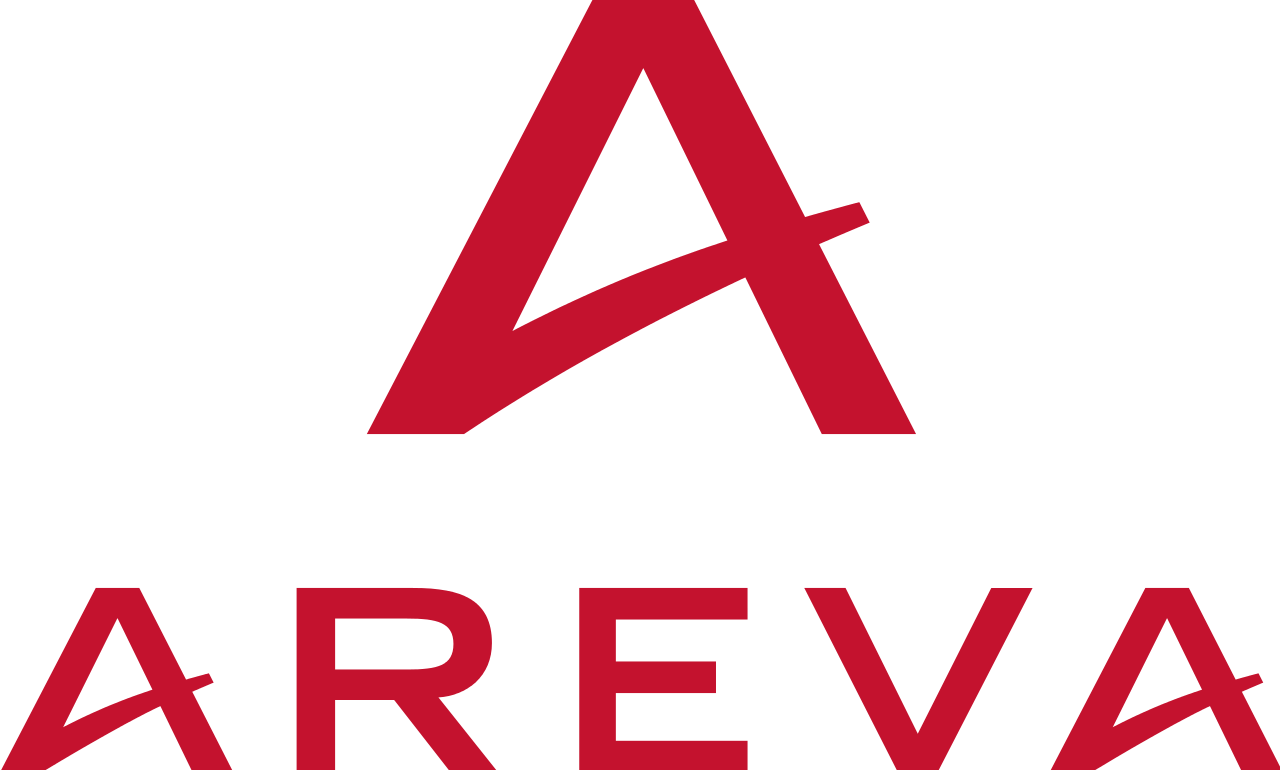Treatment activity:
During this period, the UP2 800 and UP3 plants treated 26.3 tons of spent fuel. From all treated assemblies, a total of 503 tons have been processed to date this year.
During this period, 9 canisters of vitrified fission products have been produced(1) in R7 and 14 in T7, vitrification facilities. Since the beginning of the year, 463 canisters have been produced.
The facility of hulls compaction (ACC) produced 28 canisters of compacted residues.
Since the beginning of the year, 562 canisters have been produced.
The actuality, it is also...
...COGEMA begins treatment of used Australian fuel
In compliance with the used fuel treatment license for the La Hague site, COGEMA began treating used Australian fuel.
The interministerial order of March 29, 2005 issued by the regulatory authority, Direction Générale de la Sûreté Nucléaire et de la Radioprotection (DGSNR), grants an operating license for the treatment to COGEMA, which has just established the technical requirements for the operation.
In response to a request from the Appeals Court of Caen in its order of April 12, 2005, COGEMA has sent the license to interest groups.
COGEMA points out that the used fuel contains valuable materials that can be recycled to generate electricity. In accordance with the French law of 1991 on radioactive waste management, COGEMA will return the waste resulting from the treatment of the used fuel to Australia.
(1)The fission products (ultimate residues of spent fuel) are incorporated in heated glass to approximately 1100°C. The whole is poured in stainless steel containers. The fission products are an integral part of stable, compact and resistant glass. This process is called vitrification.
